- Home
- New Arrivals
-
Wallets
-
Pens
-
Collections
- Reviews
- Blog
-
June 18, 2021
From War to Fashion Accessory...
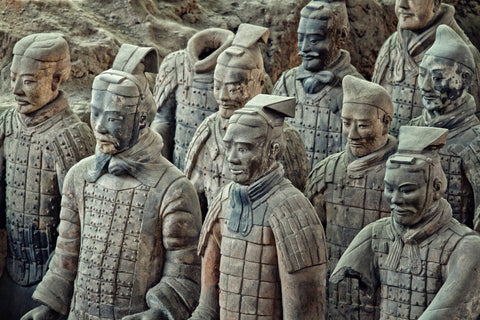
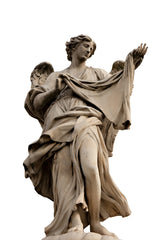
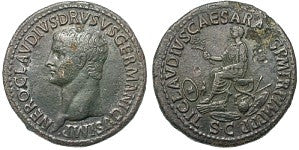
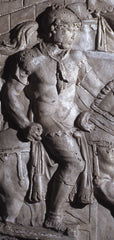
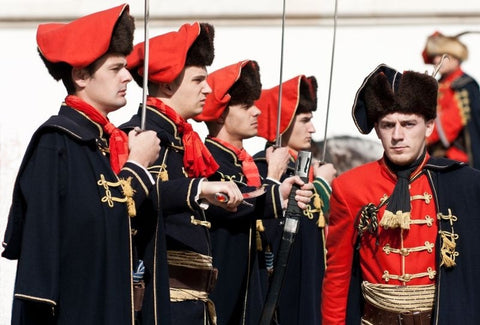
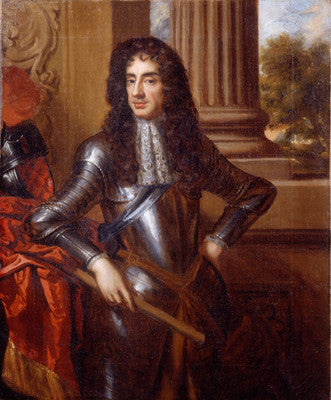
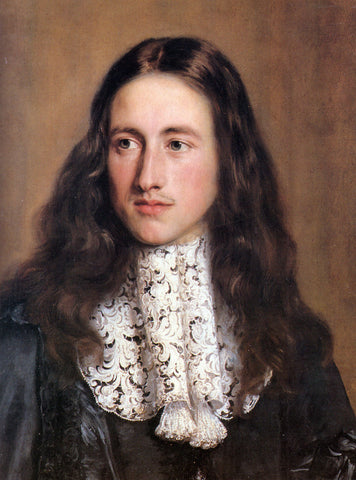
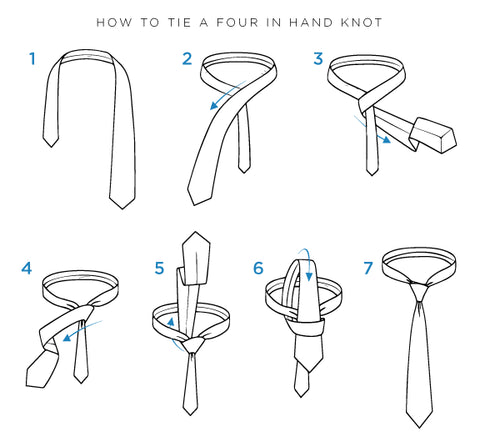
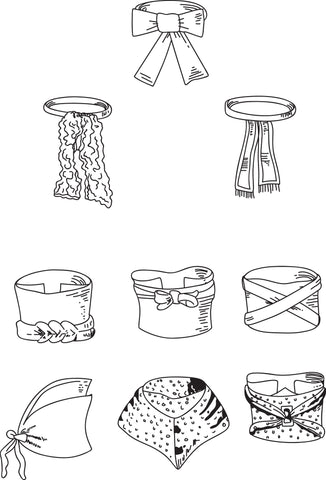
During this same time period, the "Neckclothitania" was produced as a catalog of possible tie configuration for the gentleman to use when selecting the type of knot to use. Likely the first "how to" guide to neckties, it's left its mark.
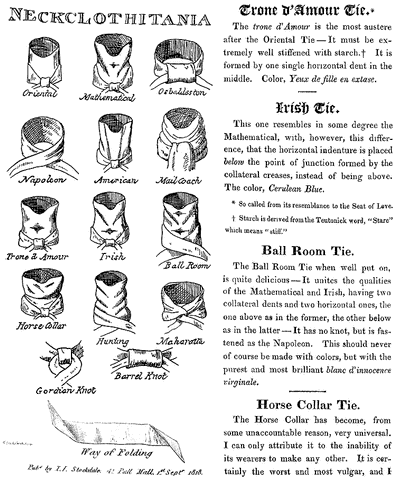
September 23, 2020
July 23, 2020
July 22, 2020
